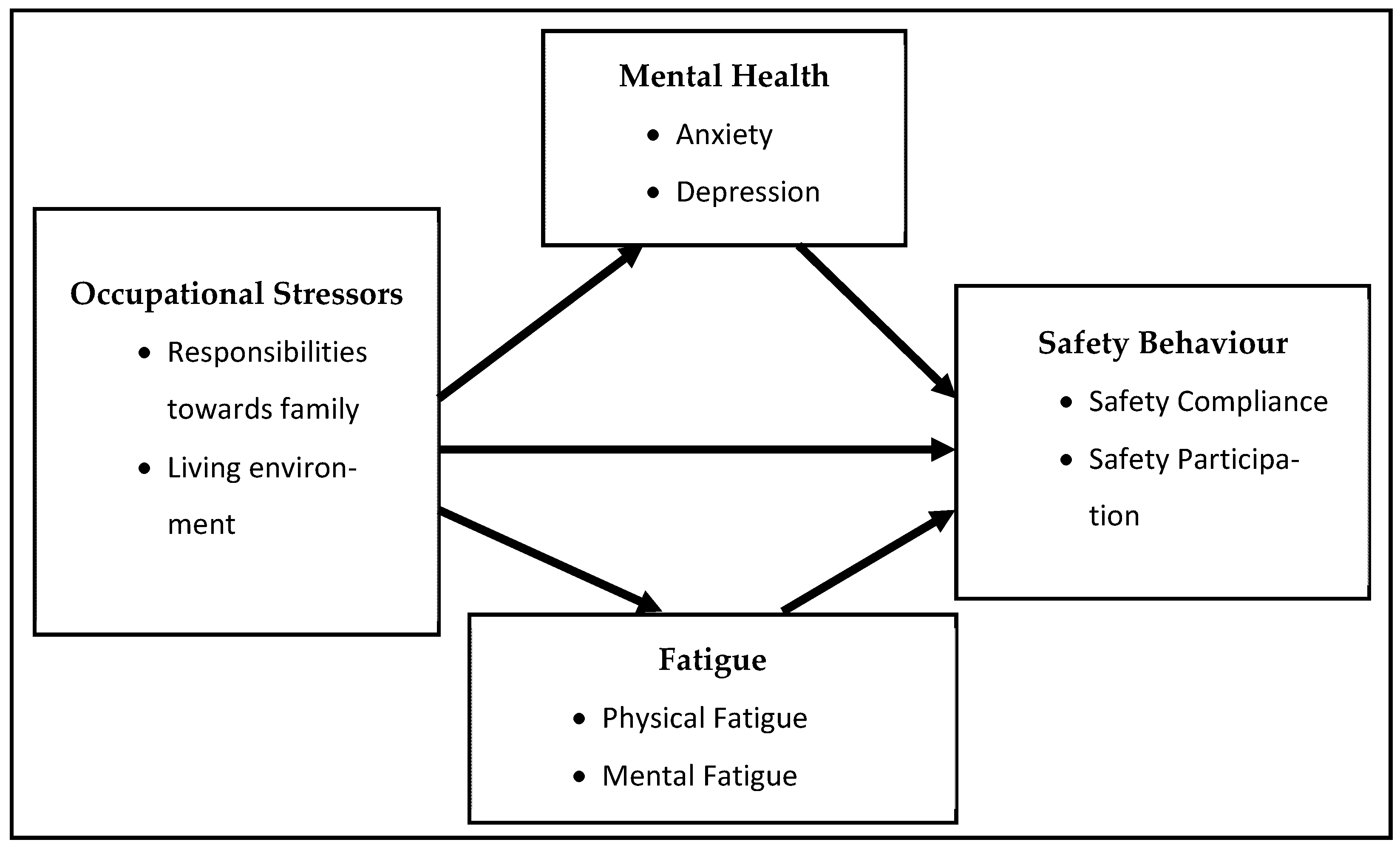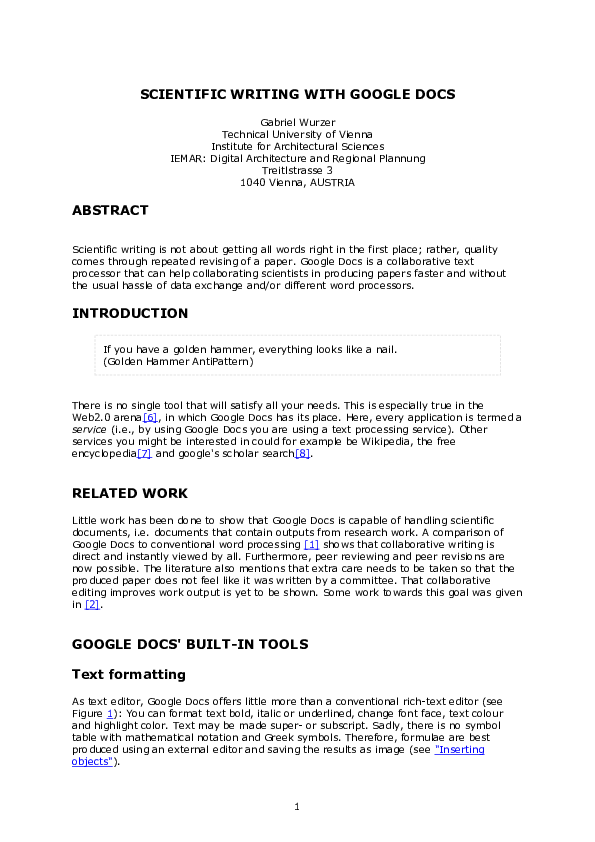
Otherwise, you will find that such values are replaced with a null value. Review the source data to ensure that it does not contain error indicators (green triangles) or error values, such as #Num.Įnsure that you have resolved any errors before you export the data to Word. You can export a table, query, form, or report. In the Navigation Pane, select the object that contains the data you want to export.

#SCIENTIFIC WORKPLACE 6 EXPORT TO RTF HOW TO#
The steps in the following sections explain how to perform each task. Optionally save your settings as an export specification for later reuse. As part of this step, you make sure that your data does not contain errors, and you decide whether to export some or all of the data in your source table. The process of exporting data to a Word document follows these broad steps: Alternatively, you can copy rows directly from an Access table, query, form, or report, and then paste them into your existing document. If you want the data to be inserted into an existing Word document, you must first export it from Access into a new Word document, and then copy the data from the new Word document and paste it into the existing document. Merging with an existing document When you export from Access to a Word document, the data is always exported into a new Word file. For a report, the layout of the report is also preserved when it is exported. Columns and records that are hidden, due to filter settings, are not exported. This means that only the fields and records that are visible in an object or view are exported along with the display format settings.

Outcome of the operation The Export - RTF File Wizard always exports formatted data.

Conversely, when you export a report, subforms and subreports that are included in the report are exported, along with the main report. You need to repeat the export operation for each subform and subdatasheet that you want to view in Word. When you export a form or datasheet that contains subforms or subdatasheets, only the main form or datasheet is exported. You can also export only the records selected in a view. Objects you can export You can export a table, query, form, or report. You also cannot save an Access database or table as a Word document by using the Save As command in Access. There is no functionality in Word that can import data from an Access database. Start the operation from Access To export data from Access to Word, you need to work in Access. When you export a report, the wizard exports the report data and layout - it tries to make the Word document resemble the report as closely as possible. For tables, queries, and forms, the visible fields and records appear as a table in the Word document.

When you export an object by using the Export - RTF File Wizard, Access creates a copy of the object's data in a Microsoft Word Rich Text Format file (*.rtf). You can export a table, query, form, or report to Microsoft Word. Understand how Access exports objects to Word This article explains how to use the Export - RTF File Wizard and how to save your export settings as a specification for later reuse. You can export data from your Access database to a Microsoft Word document by using the Export - RTF File Wizard. Access for Microsoft 365 Access 2021 Access 2019 Access 2016 Access 2013 Access 2010 Access 2007 More.


 0 kommentar(er)
0 kommentar(er)
